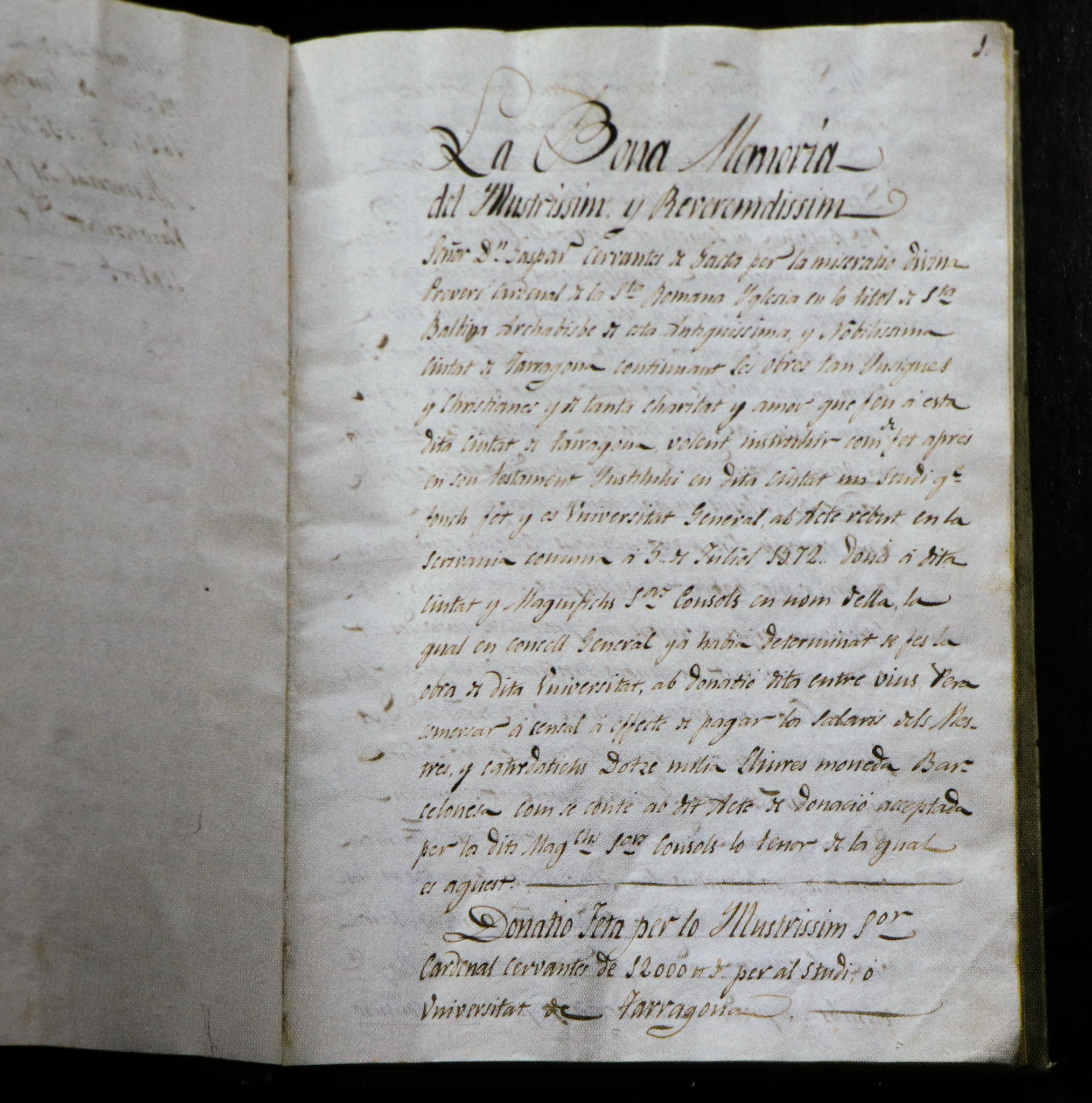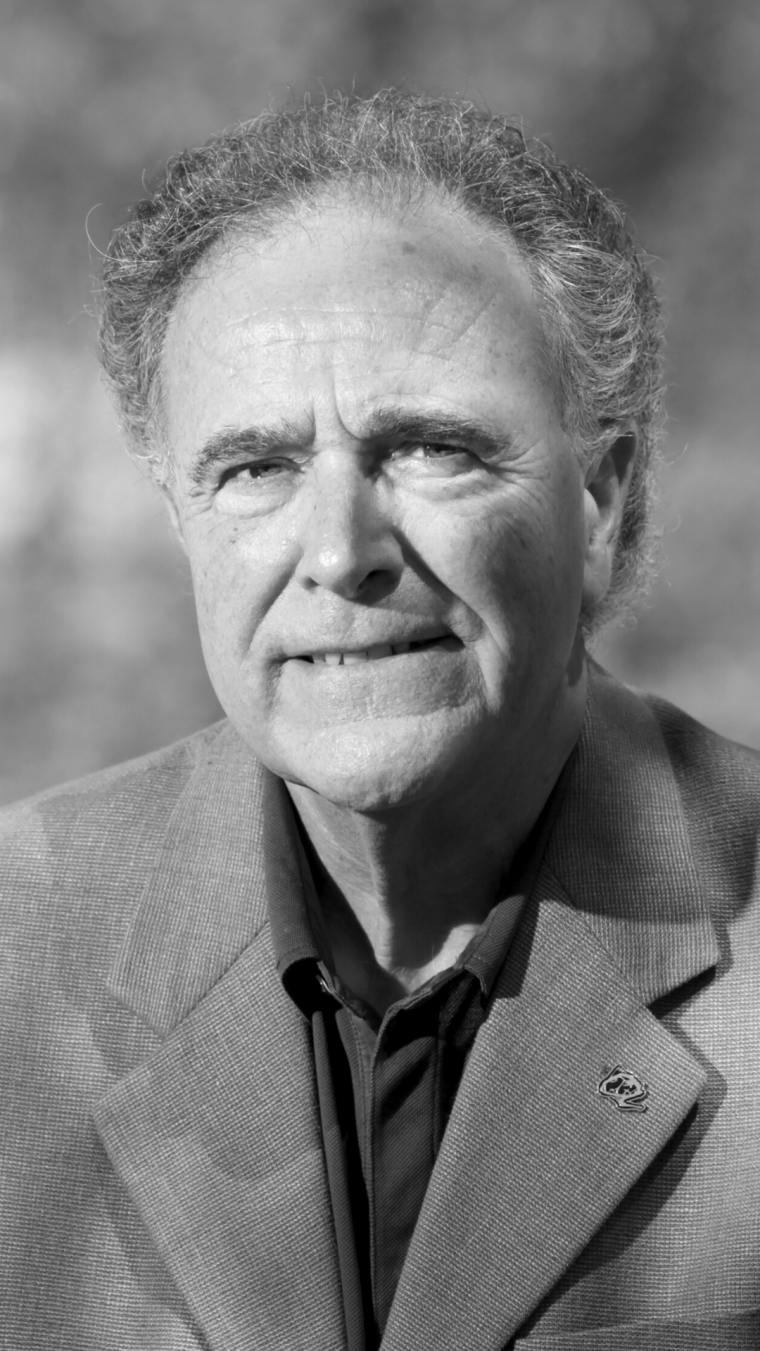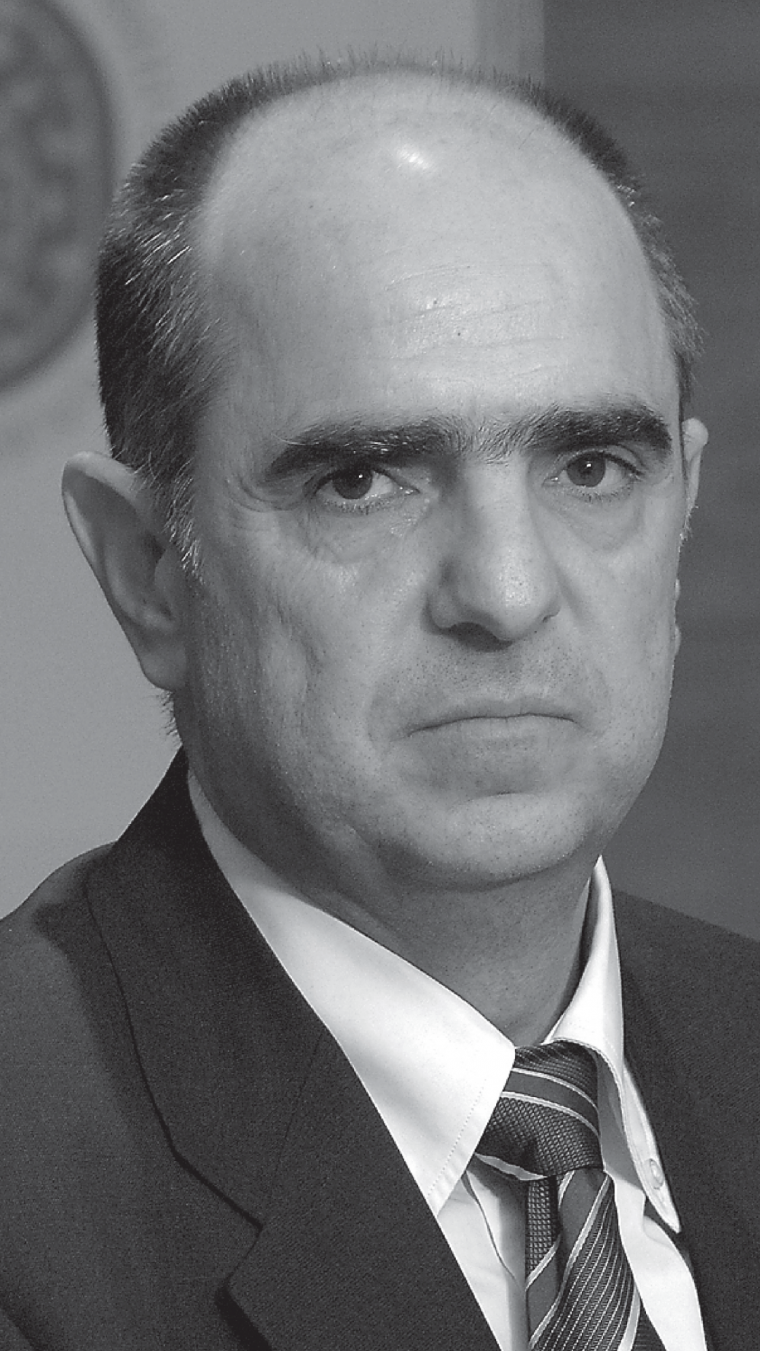History
On 30 December, 1991, the Parliament of Catalonia approved Law 36/1991, and thus created the Universitat Rovira i Virgili (URV). This law determined that the URV had to bring together and organise the university programmes taught in the southern regions and set up new ones as a basis on which a new university with its own personality could be developed.
The delegations of the University of Barcelona
In 1971 – after the brief venture of the ecclesiastical Pontifical University – the considerable economic activity in Tarragona and the support of civil society led to university life being restarted in Tarragona. The University of Barcelona created delegations of the faculties of Philosophy and Arts, and Sciences in Tarragona and on this basis the new university began to take shape. The process gained momentum with the return of democracy in 1977, when the degree programme in Medicine was initiated in Reus and in 1983 the Congress of Deputies set up the faculties of Philosophy and Letters and Chemical Sciences in Tarragona.

Campus of International Excellence Southern Catalonia (CEICS)
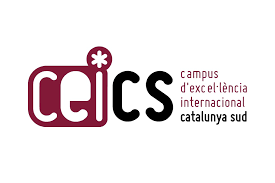
Rovira i Virgili University was the driving force behind the Campus of International Excellence Southern Catalonia (CEICS), a project that was recognized with the mention of a CEI in the European regional scope in the 2010 call for International Excellence Campuses by the Ministry of Education. Since its establishment in 2001, CEICS has woven a network of collaboration among research centers, technological institutions, healthcare facilities, and businesses in southern Catalonia, establishing itself as an international benchmark in fields such as chemistry, energy, nutrition, health, tourism, oenology, heritage, and culture.
Identity
The Universitat Rovira i Virgili is named after the journalist, writer and politician who was born in Tarragona, exiled in January 1939 and died in Perpignan in 1949 while he was president of the Parliament of Catalonia in exile.
*Defence of democracy: a collection of articles by Antoni Rovira i Virgili "The defects of democracy", "Citizenship and the profession", "Good scepticism" and "Pessimism and optimism". More information
The University's Law of Creation states: "The name of the University honours the memory of the illustrious Catalan Antoni Rovira i Virgili, writer, historian and politician, one of the most important theorists and popularizers of the national cause of Catalonia, president of the Parliament of Catalonia and an example of civility, work and love for the values of our people."
Antoni Rovira i Virgili had a lifetime's commitment to his nation, a fertile intellectual restlessness, and political and social convictions that required him to make considerable personal sacrifice. The University proudly bears his name as an expression of its guiding values: the defence of democracy, the desire to serve the public, and commitment and social responsibility.

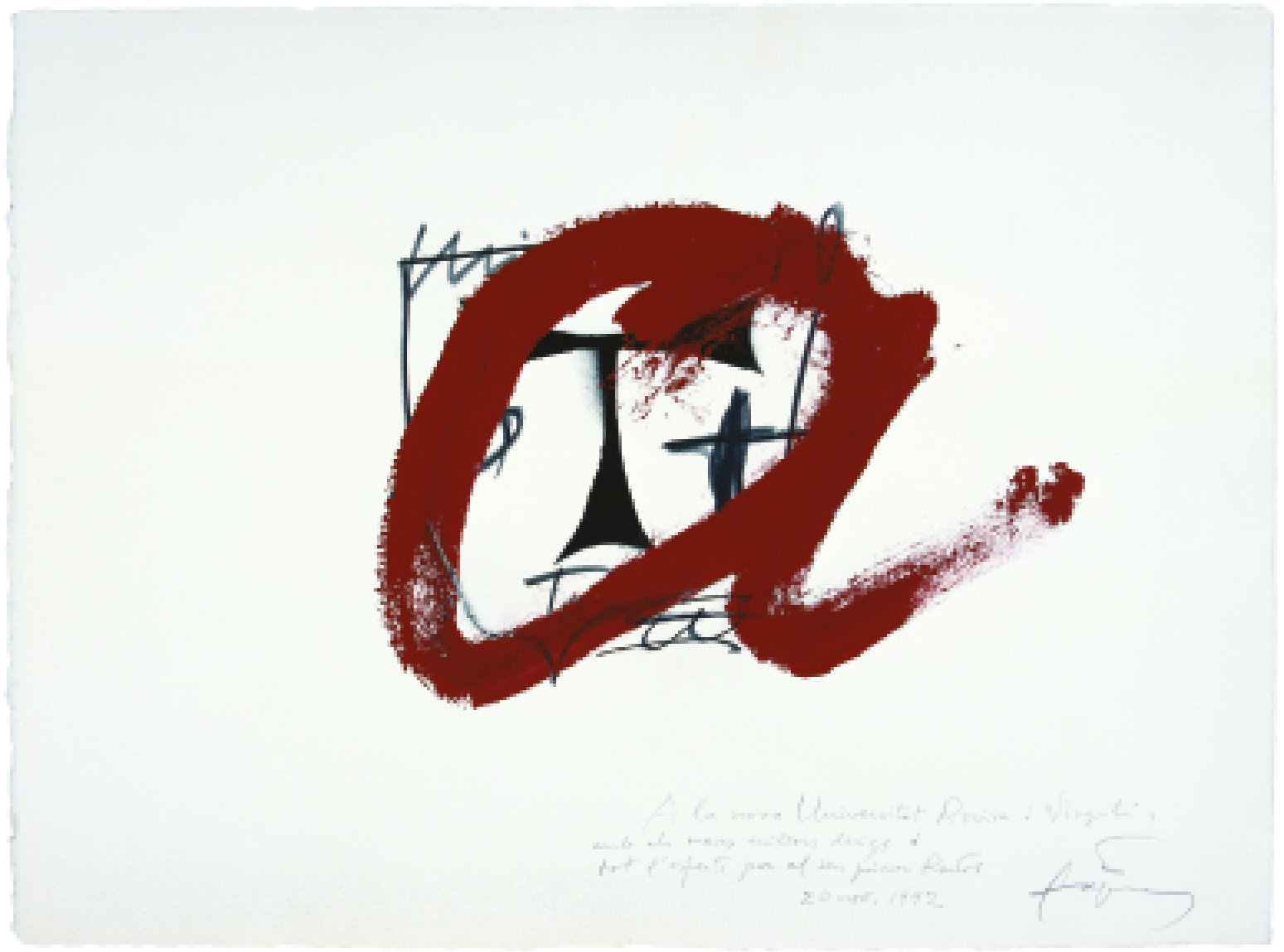
The URV logo was designed in 1992 by the artist Antoni Tàpies. Like much of Tàpies' work, it is avant-garde, symbolic and exploratory of human knowledge. The bright red letter alpha is the first letter of the alphabet and symbolizes the necessary condition for knowledge to be transmitted: its codification. Therefore, it represents the two primary objectives of the University: generating and transmitting knowledge.
In the background, in black, there is a field containing the letter tau, symbolising Tarragona and representing the University's identification with and commitment to society and the region in which it operates, the southern regions of Catalonia.
And the presence of the letter omega represents the University's sphere of action, which encompasses all knowledge, from start (alpha) to finish (omega), and is necessarily universal.
The rectors
The first senate chose the philologist Joan Martí i Castell as its first rector. The first statutes were approved. The first Board of Trustees was chaired by Josep Maria Freixas. In 1994, the Ombuds Office was set up to defend the rights of the university community and self-regulate the institution.
The rector is the highest academic authority of the University and is its representative. He or she has all the powers that are not expressly attributed to other bodies.
Since its creation in 1991, this position has been held by the following people:



